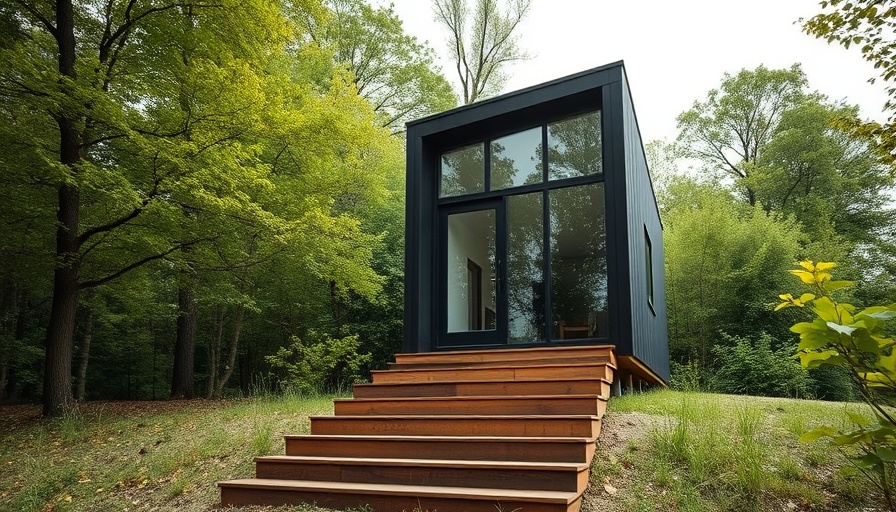
Are Tiny House Designs Truly Universal?
The increasing fascination with tiny houses is evident throughout social media, where stunning designs from around the globe inspire numerous DIY builders. However, the journey from admiration to construction can become complicated. Regulations and materials vary significantly not only from one country to another but also from one state or region to another. Here, we explore the key differences between tiny house designs in New Zealand and the United States, shedding light on how local regulations shape these innovative living spaces.
Understanding Regulations: The Crucial Differences
One pivotal factor distinguishing tiny house designs in New Zealand and the U.S. are the various regulations governing size, height, and weight limits. In New Zealand, tiny homes must not exceed a width of 2.55m (8ft 4in) for road legality, while in the United States, the standard width is slightly more accommodating at 2.59m (8ft 6in). Interestingly, the trend in the U.S. skews towards wider structures, with many opting for 10ft widths, highlighting a cultural preference for spaciousness.
Height and Length: The Practical Implications
Height regulations also showcase a fascinating divide. New Zealand caps its tiny houses at 4.3m (14ft 7in), allowing for extra wiggle room compared to the U.S. limit of 4.1m (13ft 6in). This discrepancy not only affects aesthetics but also poses practical challenges for builders aiming to adapt inspired designs from one region to the other. New Zealand’s wider permissible heights translate into taller lofts that can leave American tiny houses feeling cramped in comparison.
Weight Constraints: Unique Challenges in Design
Weight limits introduce yet another layer of complexity. New Zealand’s standard requires tiny houses, trailer included, to weigh no more than 3,500 kg (7,716 lbs). This requirement steers builders towards lightweight materials such as marine plywood rather than standard drywall or solid timber, both of which are popular in U.S. designs that typically range from 14,000-18,000 lbs. The U.S. preference for heavier materials can provide a sturdier final product but also complicates adherence to mobility guidelines established in New Zealand.
Future Trends: Evolution of Tiny House Designs
As the global tiny house movement rapidly progresses, the unique practices emerging from New Zealand and the U.S. hint at the future evolution of tiny home designs. Builders from both countries are starting to learn from one another, integrating local aesthetics with flexible regulations and robust designs. The trend suggests an impending convergence where practical implications of local building codes may drive future innovations worldwide.
In conclusion, while it may seem straightforward to adapt tiny house designs from one country to another, the unique regulations and materials must be carefully considered. As these tiny dwellings gain global traction, understanding these distinctions is essential for potential builders keen on embarking upon a tiny living adventure.
 Add Row
Add Row  Add
Add 




 Add Row
Add Row  Add
Add 

Write A Comment